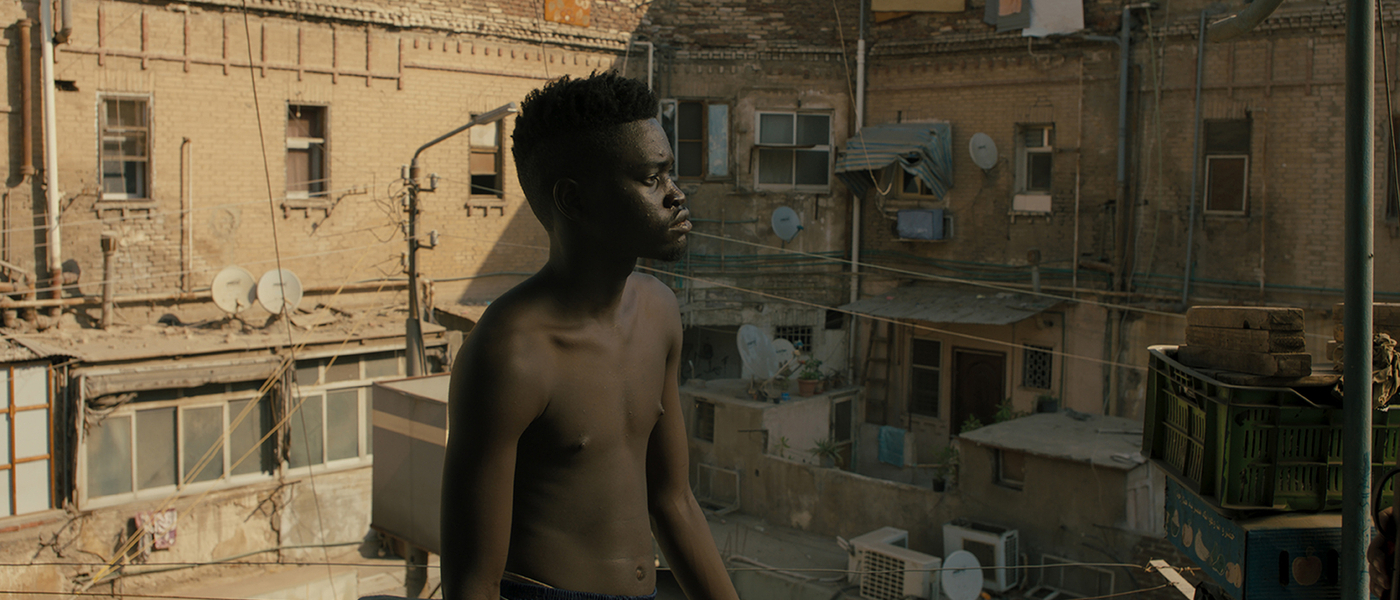About I promise you paradise
by Marie-Pauline Mollaret

by Marie-Pauline Mollaret
Intimate, political, and deeply rooted in contemporary social reality, I promise you paradise portays a silent, yet determined, teenager who will stop at nothing to save his loved ones. Seldom has cinema seeked something that intense and minimalistic, working against the usual motif of striving to beat the clock. The ramifications of the film extend beyond the borders of Egypt; it’s a statement that one is free to love whoever, go wherever, and quite simply live a happy and dignified life.
Interview with Morad Mostafa
What first brought the idea of the film on?
I wanted to complete what I started earlier. The first short film I made was starring a Sudanese woman. I am a son of a popular area, which is famous for the presence of many African immigrants there. The idea of Eissa began when my producer, and the co-writer, had an idea about the story of an African teenager boy who wanted to collect money so that he and his loved ones could travel and fulfill his promise to them. And we worked together on this for more than two years, and we wanted to make it special, because there were many films that talked about the issue of immigration, but always the original citizen is the one who seeks to help the immigrants to leave, but I thought to turn that around to be different, which is that the African immigrant is the one who helps and he seeks to liberate the original citizen and bring him out to safety, as if he was promising them paradise from their perspective.
Can you tell us more about your choice to mix some kind of a thriller with a more contemplative movie?
I love films that have thrilling stories; this is also what I like to watch, I wanted to make a “Road Movie” but in a contemplative and romantic way and without much dialogue. Just small words by the main characters to leave space for silence and feelings.
You also use a very elegant mise-en-scène in which some shots look like paintings: how did you work on that?
Film stories are always, for me, the ones that dictate the method of narration and style. For this film, I wanted to leave space for the image in order to tell the story with a little mise-en-scène in moments of tension, and movement of characters, but I relied more on paintings, especially since the places we filmed in are indeed historical and visually very attractive places. To come up with the frames, I made a storyboard and drew each frame before the start of filming, so that I could see the film completely so that there would be consistency.
Besides, you decided not to explain much of the context : why did you make that choice?
To create a connection between the viewer, the world of the film, and the characters, and to leave the door open for reflection. I prefer this school of cinema, “less is more”. The film begins with a violent event in the background; it triggers the whole story, and although we don’t know exactly what happened, we can relate to the characters so that each person has his own story of happened. In the background, the characters are in this predicament and trying to get out by any means, no matter what.